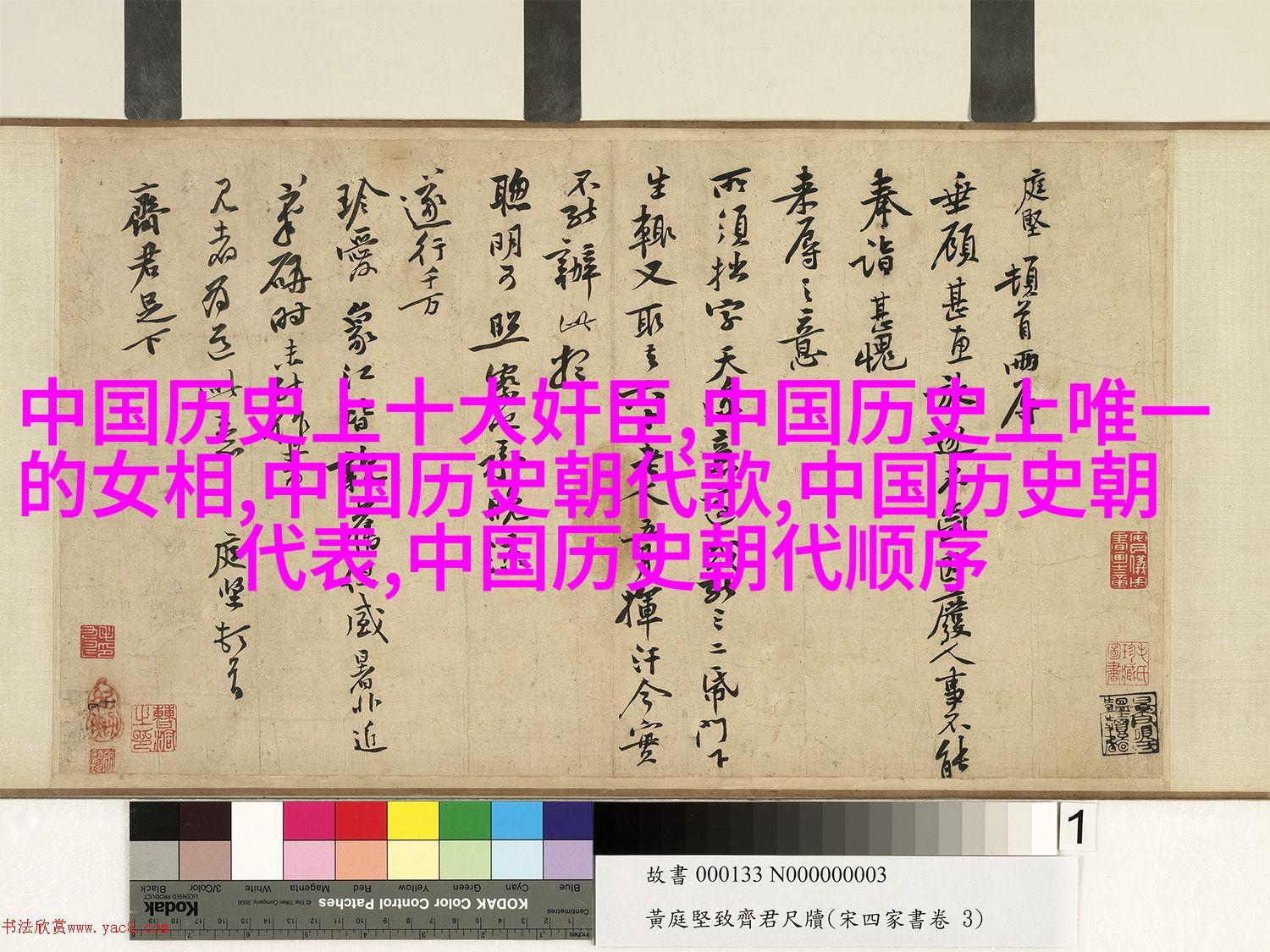探索英国母亲河泰晤士河的奥秘:从历史文化到现代生活,泰晤士河两岸的中国历史朝代印记与众多名胜古迹

一、泰晤士河概述
泰晤士河是英格兰西南部科茨沃尔德山发源的一条重要水流,它汇集了英格兰境内诸多细流,最终在伦敦市区注入北海。自起点至伦敦桥长259公里,至诺尔岛长77公里,全长340公里,通航里程309公里。在塞尔特语中,“Tamesis”或“Tamesa”意为“宽河”,确实,从伦敦桥开始,河床才逐渐加深,宽度也大幅增加。

二、特点
泰晤士河具有稳定的水量和较小的结冰率。牛津以下部分,该河道变宽,其中最窄处仅有229米,而在格雷夫森德则达到640米。其流域面积达11,400平方公里。虽然坡降微缓,但冬季流量较大,因此很少结冰。此外,该地区受潮汐影响强烈,因此沿途建有许多桥梁和隧道以适应潮汐变化。

三、作用
作为英国第二大的river and most important waterway, 泰晤士 River plays a crucial role in the country's history and culture. Its proximity to the sea makes it an ideal location for trade and commerce, with many ports along its banks. The river also supports a diverse range of flora and fauna.

四、名胜古迹
Greenwich: A historic town located on the south bank of the Thames, known for its maritime museum and royal observatory.
Famous landmarks: Along the river are numerous iconic buildings such as Tower Bridge, Westminster Abbey, St Paul's Cathedral, and Lambeth Palace.

Other attractions: There are plenty of other historical sites to explore along the Thames including Shakespeare's Globe Theatre, HMS Belfast warship museum ship, Tate Modern art gallery in a former power station.
Rowing competitions: Every year during Easter week there is a famous boat race between Oxford University Boat Club and Cambridge University Boat Club which starts at Putney Bridge near central London.
五、文化
The Thames has been an integral part of British life since Roman times when it was used as a transportation route connecting Britain to Europe. Over time it became an industrial hub with factories lining its banks but today it is more associated with tourism than industry.




